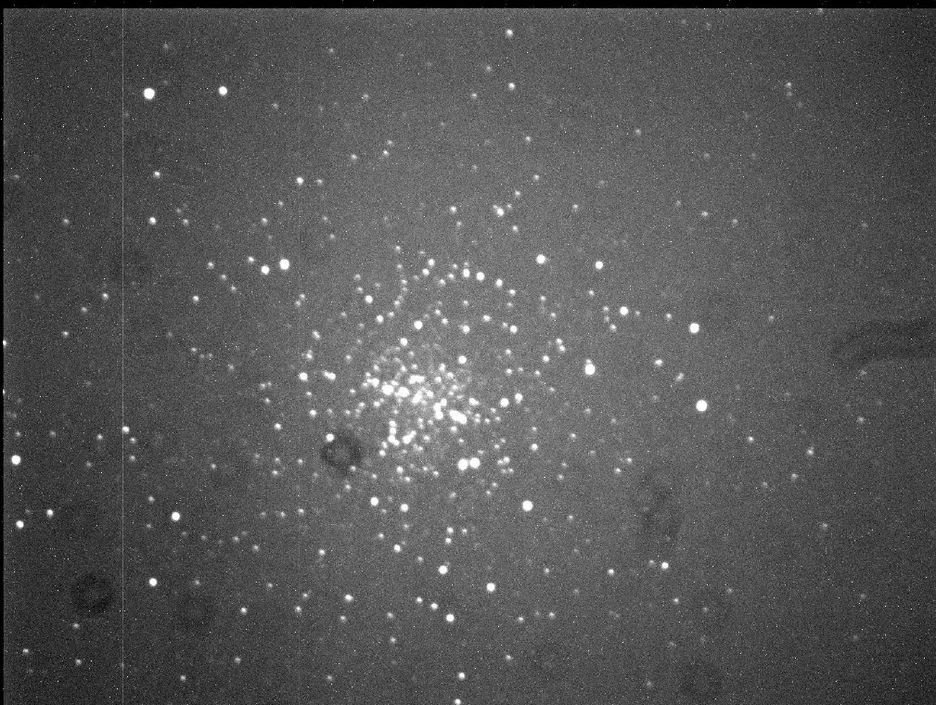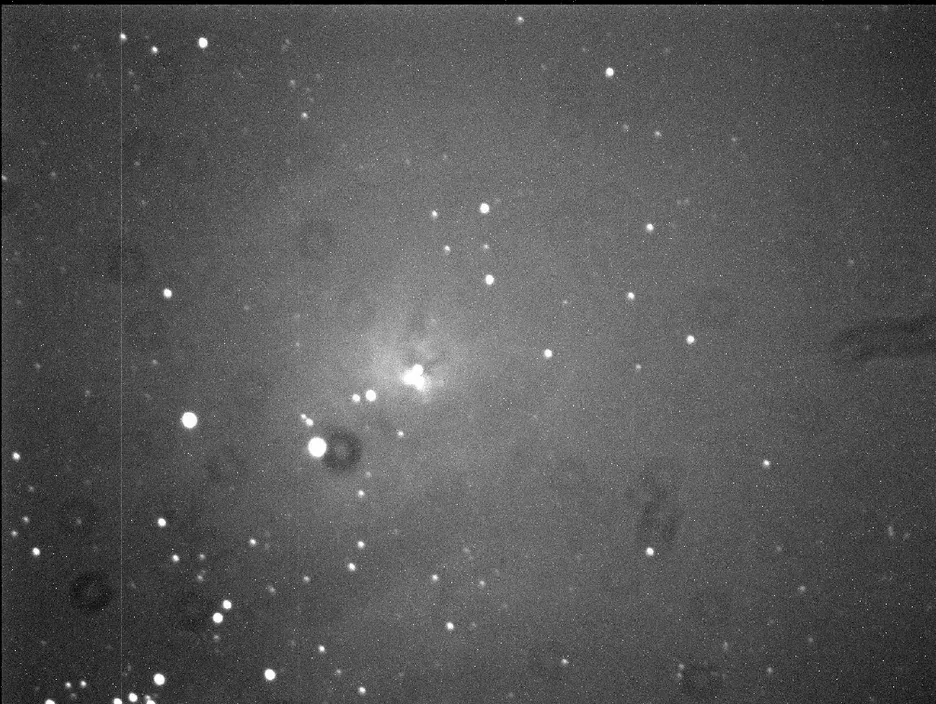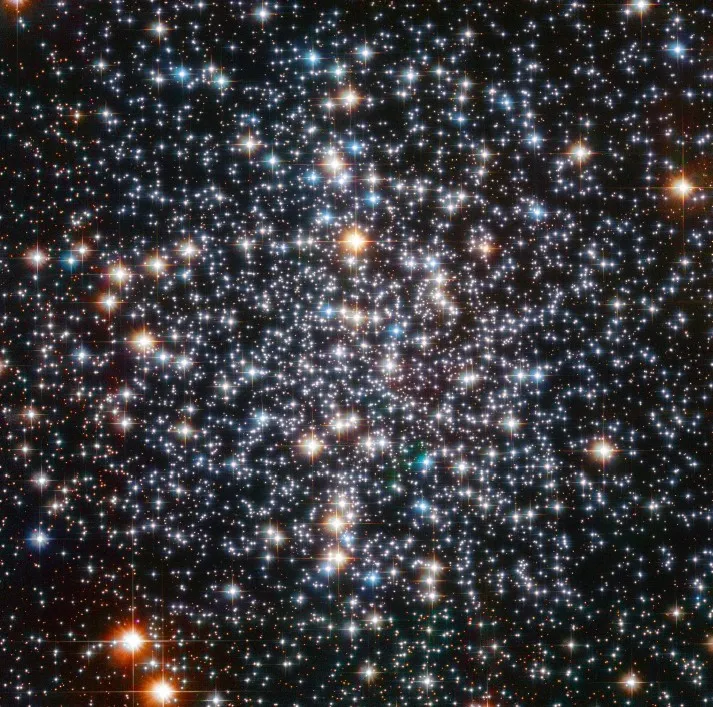Deep Sky Imaging of The Globular Cluster and the Lagoon Nebula
Satpathy, Durgesh Nandini
Space - mankind's unremitting mystery.
The elusive orbs in the heavens have long ignited a generational curiosity, an enigma that has enamored academicians and poets alike. Their grandiosity often compels startling perspective, reducing the Earth, our expansive cradle to a fragile insignificant dot in a grand cosmic dance. It is thus only befitting that we attempt to decipher the billion-year-old mysteries of the universe. One such commonly sought-after line of research is deep sky imaging. Dimmed by distance and the ever-expanding void of space, these behemoths are extremely elusive and challenging to
image.
The IAG observatory perched atop the TUM campus at Arcisstraße is a coalition of many years of effort. It was made possible by students, alumni, and professors and is used by us
starry-eyed nerds today. It is equipped with a 0.28m, f/10 telescope and is open to any student displaying hints of curiosity for the ultimate mystery.
This essay focuses on the methodology behind deep sky imaging, sample amateur images from the observatory, and their counterpart Hubble images. Deep sky imaging requires skill, precision, and bucket loads of patience. Dreary weather, stubborn equipment, and sleepy eyes alas make a poor combination for detailed and vibrant images.
At the observatory, these images can be taken by two cameras - the DSLR and the CCD. The DSLR is preferred for its higher sensitivity. The CCD on the other hand allows longer exposure, albeit producing monochrome results. Both of these cameras need three extra frames to be taken of the same object for improved detailing.
- Bias frames - Minimum exposure frames that are taken with no light falling on the image sensor. Such frames remove the manufacturing noise in images that may be further amplified during size modifications.
- Dark frames - Frames that have the same exposure as the raw images with no light falling on the image sensor. Such frames remove the ambient thermal noise that may cause a faint glow around the deep sky objects in the final image.
- Flat frames - Multiple frames of this category must be taken by covering the lens with a white surface. These images bring out the overall brightness distribution in terms of dust scatters and filters.
The quality of an image can be well judged using its signal-to-noise ratio. The signal strength is preferred to be above three times the noise value. Thermal noise contributes to a large part of the distortion. At the TUM observatory, this is dealt with by using passive cooling which uses an in-built fan.
For the below-presented images, a CCD camera was used with an exposure time of ninety seconds. The Messier objects M4 (Globular Cluster) and M8 (Lagoon Nebula) were imaged. No further processing was conducted due to a lack of auxiliary frames and better-formulated data.


The M4 globular cluster stands at a mere 7000 lightyears away from the Earth and is the closest globular structure. Characterized by thousands of white dwarves, it acts as a perfect academic tool to study the early throes of the universe. The Hubble image displayed below is a spectacular amalgamation of infrared, visible, and ultraviolet images taken over 67 days in exposure intervals of 8 days. This image created a flurry of interest with its detailed mapping of the white dwarves - now cold corpses of once fiery beings, and exoplanets with ages close to that of the universe.

The lagoon nebula inaptly named after a scene of serenity is instead a fiery pit hole spewing out gas, debris, and radiation, while at its core birthing new stars and their systems.
This violent birth plummets out ultraviolet radiation, ionizing the surrounding gas. With an apparent magnitude of six, imaging can be quite arduous. This image was captured by the Hubble telescope in the infrared and visible domains. Elemental specific colorization is done to develop the final image which if seen closely cradles its own star cluster.

Deep sky imaging allows us to peer into the earliest dynamics of the cosmos. With a recent spike in imaging technology,future astronomers will inevitably be faced with a multitude of both data and questions. Answers, on the other hand, have always been coy when faced with man's curiosity. I shall however count on the stubbornness of this curiosity that shall one day open up the heavens.